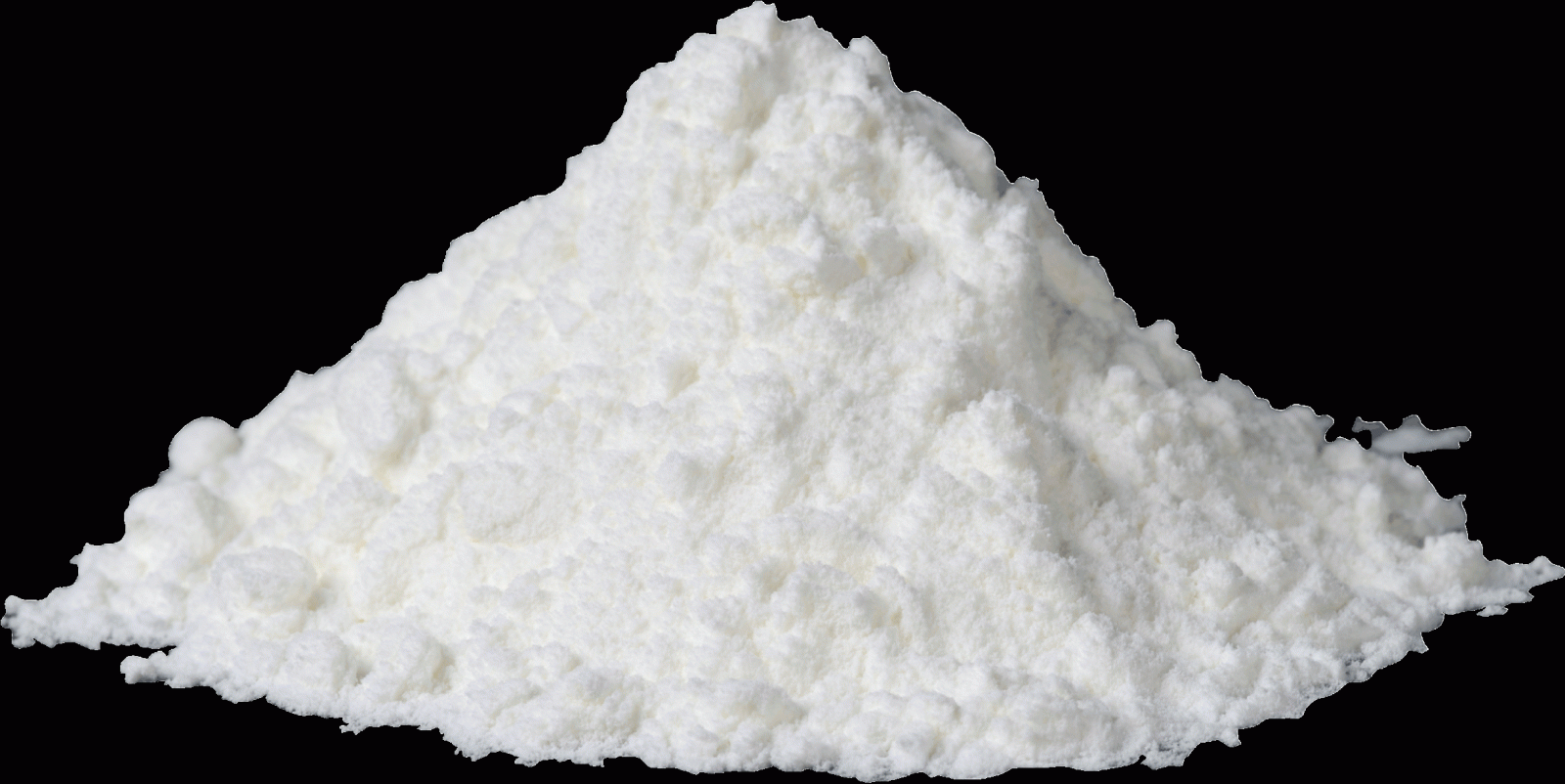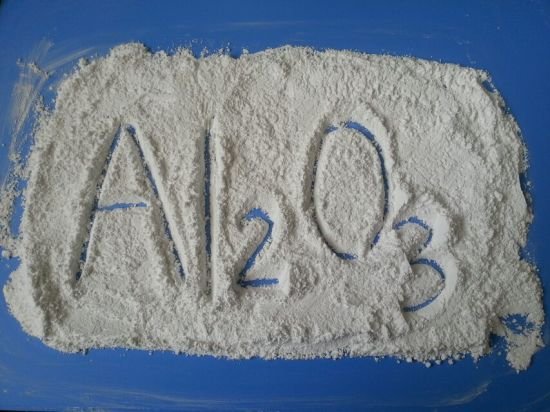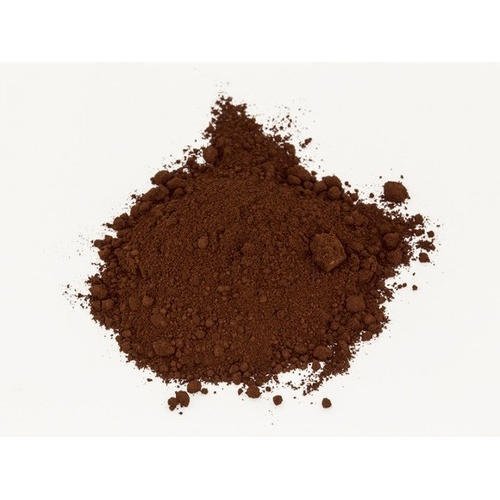Bricks & Raw Materials For Manufacturing Bricks
Hello steemians! How are you all? Hope everthing is going fine with you all.
In toadays topic we will study about bricks and its raw Materials for Manufacturing of bricks so lets begin!

The bricks had been produced since the dawn of civilization. The olden shaped bricks found date back to 7500 BC. They have found in the upper Tigris region, and in south cast anatolia close to Diyarbakir. Examples of civilizations that used mud brick are the ancient Egyptians and the Indus valley civilization, where it is used exclusively. In particular , it is evident from the ruins of Mohenjo-Daro and Harappa. One of the largest brick structures in the world has been found in sri lanka the world's highest brick tower completed in 1500BC is st. Martin's church in Landshut Germany.
.jpeg)
Brick is a regular sized rectangular unit, used for most of the building works. Bricks are ontained by moulding plastic mass of suitably proportioned earth in timber or steel moulds. Moulded bricks are first allowed tk dry and then burnt in kilns designed for the purpose . Bricks are always rectangular in shape and of such portion that the length is generally twice the width plus the thickness of mortar joint. Thickness of the is less than or at the most equal to the width of the brick. The size of the brick is such that it can be easily lifted and handled with on hand. They do do not require any lifting appliences. It is used as substitute for stone, where stone is not available.
The brick is most commonly used building material and used for construction walls of building , footing,compound walls, water tanks, sumps, septic tanks, footpaths, paving floors, etc.
RAW MATERIALS FOR MAUNFACTURING BRICKS
Following are the constituents of good brick earth:
1)ALUMINA
A good brick earth should contain 20% to 30% of alumina. It is the basic constituent which readily absorbs water and imparts plasticity to the earth so that it can be moulded. If alumina is present jn excess, the raw brick shrink and warp during drying and burning and becomes hard when burnt.


2)Silica
It exists in clay either as free or combined. A good brick earth should contain 50% to 60% of silica. The presence of this constituents prevents cracking, shrinking and warpkng of raw bricks. Silica enables the bricks, retain its shape and makes it durable. The excess of silica destroy the cohesion between particles and the other bricks become brittle.
.jpeg)
3)Lime
A small quantity of lkme not exceeding 5%is desirable in good brick earth. The lime prevents shrinkage of raw brick. The stand is infusible. But slightly fuses at kiln tempreature in presence of lime. Such fused and sand work as a hard cementing material for bricks particles. The exceeds of lime causes the brick to melt and hence is shape is lost.
.jpeg)
4)Oxides of iron
A small quantity of oxides of iron to an extent of about 5 to 6% is desirable in good brick earth. It helps as lkme to fuse sand. It also imparts red colour to the brick. It improves impermeability and durability and gives strength and hardness The excess of oxide of iron makes the bricks dark blue or blackish

5)Magnesia
A small quantity of magnesia in brick earth imparts yellow tint to the brick and decreases shrinkage. Excess of magnesia leads to the decay of bricks.
.jpeg)
Thank you for reading my post i hope this article may has increased some your knowledge regarding this i will be back again with some useful topics till then good bye take care.
Congratulations @arifmadki! You have completed the following achievement on the Steem blockchain and have been rewarded with new badge(s) :
Click here to view your Board
If you no longer want to receive notifications, reply to this comment with the word
STOPTo support your work, I also upvoted your post!